Chow Mein literally means “fried noodles” and usually this dish is made from noodles , protein and vegetables stir-fried with a sauce. They are a relatively healthy food if prepared properly. These noodles are rich in carbohydrates and fiber, but low in fat and calories. They can also be a rich source of iron and B vitamins. The name originated from the romanization of the term “fried noodles” in the dialect of the Taishan region in southern Guangdong province. Taishan is a dialect of its own, often confused with Cantonese.
There are dozens of variations of this dish. All variations of this classic street food came about because it spread around the world thanks to Chinese workers. The Taishan area has been a hotbed of emigration since the mid-19th century, and an estimated 1.3 million people from the area have settled in places that are literally on the other side of the world. These emigrants left their homes and brought with them pieces of their cultural heritage, creating some of the first Chinatowns in the world.
Most of the dishes we know today as Chinese-American cuisine have their roots in these Taishan immigrants, including Chow Mein.

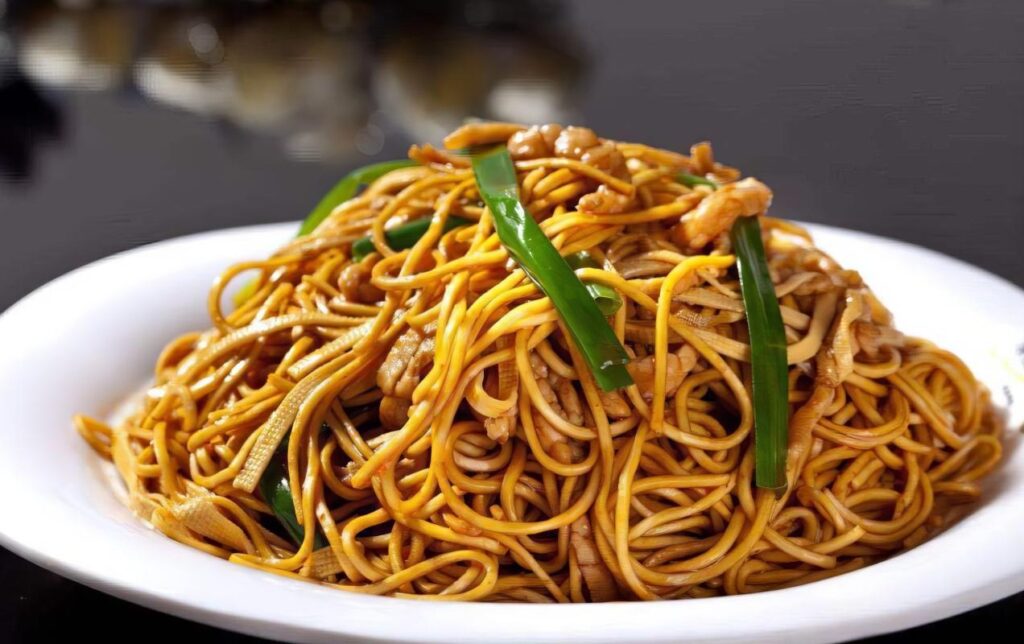
Variants of Chinese fried noodles
Caribbean
Believe it or not, Chinese immigrants made it all the way to the Caribbean, where they were hired as wage laborers and settled on islands from Jamaica to Cuba to the Dominican Republic. Fried noodles in the Caribbean are prepared similarly to the traditional version with noodles, meat and vegetables, but the main difference is the seasoning, where local ones such as Casareep, Green Seasoning and Scotch Bonnet chilli are used .
India
Since the Chinese reached as far as the Caribbean, it is not too surprising that they also settled in parts of nearby India. This is how Indochinese cuisine was born. Calcutta in particular has seen a large influx of Chinese immigrants. Local variations of Chow Mein feature Bengali flavors such as green chillies and chilli sauce, with eggs instead of meat.

Japan
Like the Chinese noodle soups that evolved into Ramen in Japan, there is also a fried counterpart called yakisoba (literally pan-fried noodles). It is made from ramen noodles that are fried with cabbage, pork, carrots and onions. They are then dipped in a sweet and spicy fruit-based sauce. The resulting noodles are spicy, sweet, and fragrant with spices like cinnamon and cloves.
USA
There are several variations of chow mein in the US, with the biggest differences being between the eastern and western parts. On the east coast, they are either fried to a crisp or pan-fried until the edges are crispy like a hash brown. On the West Coast, it’s a fried dish with noodles that are soft rather than crunchy.
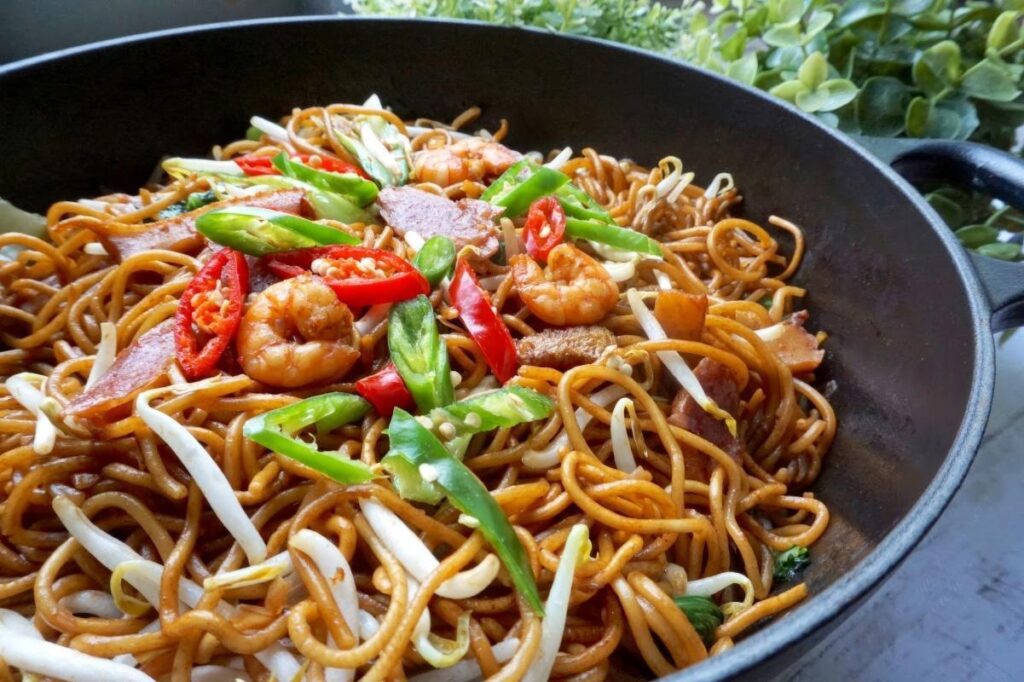
Which noodles to choose?
The noodles are made from wheat and eggs. They are very similar to Italian pasta noodles and have a great bite. When shopping, look for packages with the words chow mein or egg noodles . When preparing them, follow the method recommended on the package. No matter how you prepare them, it’s important not to overcook them! Drain them well and dry them with kitchen paper or a towel. You should separate the strands of noodles from each other. Otherwise, after frying them, you’ll probably end up with a plate of sticky and mushy noodles.
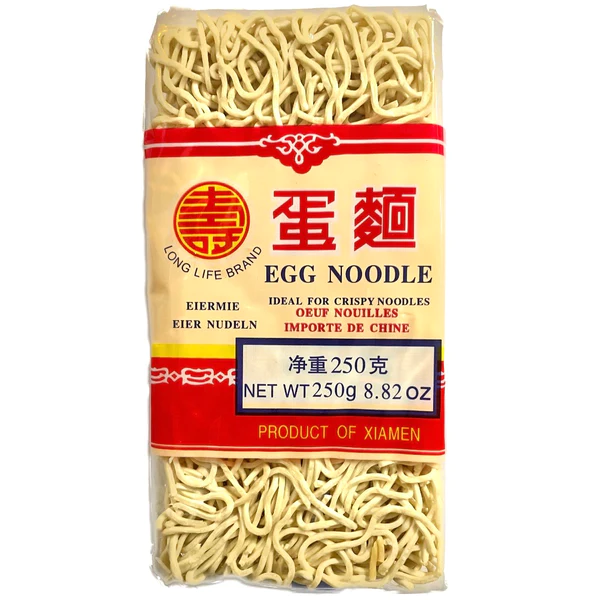
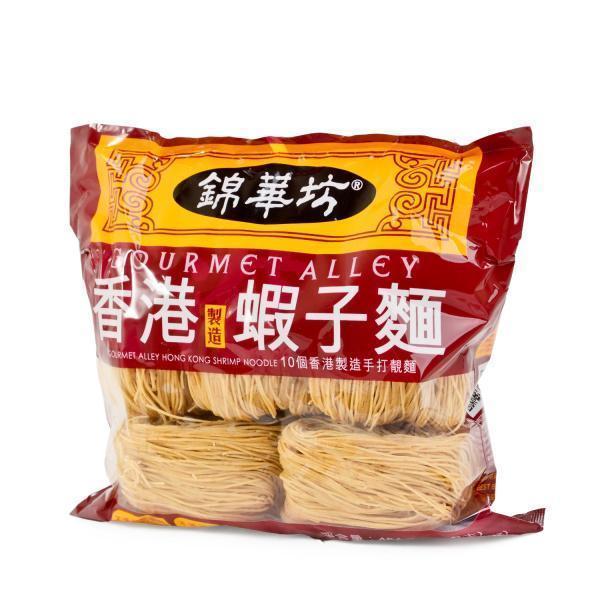
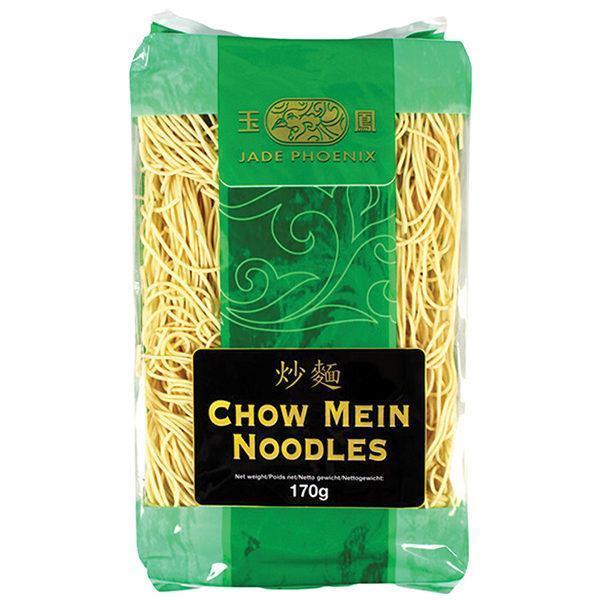
Vegetables provide flavor, texture, color and nutrients to good noodles. However, do not limit yourself to the upcoming recipe. Feel free to choose what is currently available in your fridge. Celery, cabbage, carrots, peas, baby corn, bamboo shoots, peppers…
Use chopped garlic and spring onion to enhance the aroma. Separate the white and green parts of the scallions. The former is fried in oil with garlic, while the latter (the green part) is added at the very end as a garnish. You can also use ginger. In addition to chicken, you can also use pork, beef or shrimp. Eggs and tofu are great alternatives for vegetarian and vegan diets.

Čínské smažené nudle (Chow Mein 炒面)
Ingredients
Pro kuřecí smažené nudle
- 200 g kuřecí prsa
- ½ lžíce kukuřičného škrobu
- 1 lžíce vody
- 1 lžička sezamového oleje
Na omáčku
- 1 lžíce světlé sójové omáčky
- 1 lžíce tmavé sójové omáčky
- 1 lžíce ústřicové omáčky
- 1 špetka černého pepře čerstvě umletého
Na restování
- 2 lžíce oleje – rozdělené
- 1 ks jarní cibulky nakrájený na bílé a zelené části
- 2 stroužky česneku nakrájené na plátky
- 2-3 ks chilli papričky nakrájené – podle chuti
- 1 ks bok choy nakrájené (nebo pekingské zelí)
- 80 g fazolových klíčků – asi 1½ šálku
- 400 g hotových chow mein nudlí čínských vaječných nudlí
Instructions
- Kuřecí prsa nakrájejte na tenké plátky. Smíchejte s kukuřičným škrobem, solí a vodou. Nalijte sezamový olej. Míchejte, aby se prsa rovnoměrně obalila.
- Smíchejte světlou sójovou omáčku, tmavou sójovou omáčku, ústřicovou omáčku a černý pepř. Dejte stranou.
- Rozehřejte wok/pánev, dokud nebude velmi horká. Přidejte 1 polévkovou lžíci oleje. Vmíchejte kuřecí plátky. Smažte, dokud neztratí růžovost a nezblednou (nepřevařujte). Dejte stranou.
- Do woku nalijte zbývající 1 lžíci oleje. Provoňte česnek, čerstvé chilli a bílou část jarní cibulky. Vložte nudle. Za stálého míchání smažte asi 1 minutu.
- Přidejte kuře, bok choy a fazolové klíčky a poté zalijte omáčkou. Míchejte a míchejte, dokud se koření rovnoměrně nerozloží a vše se rozpálí.
- Ozdobte zelenou částí jarní cibulky a ihned podávejte. Pokud chcete, pokapejte trochou domácího chilli oleje.





